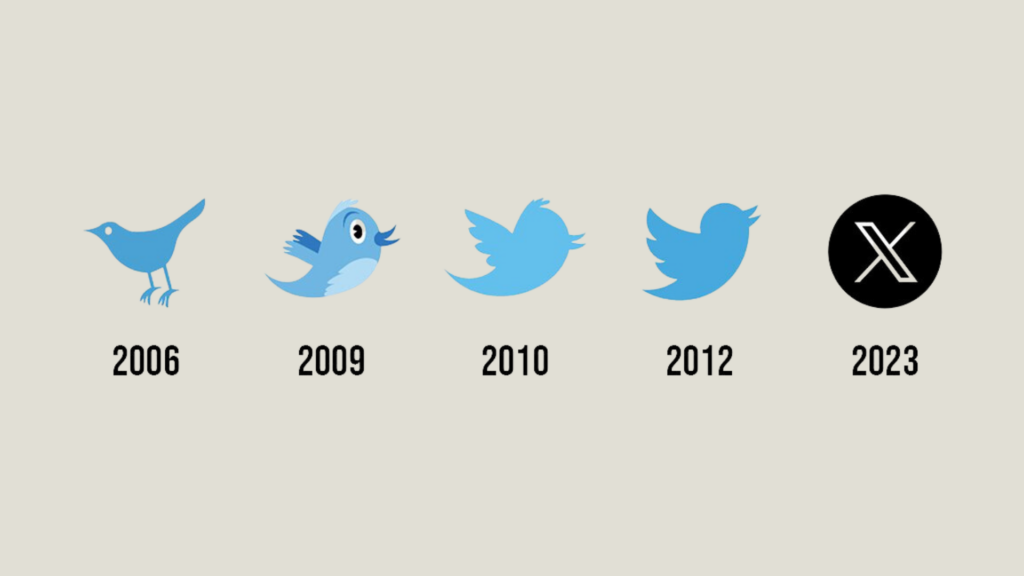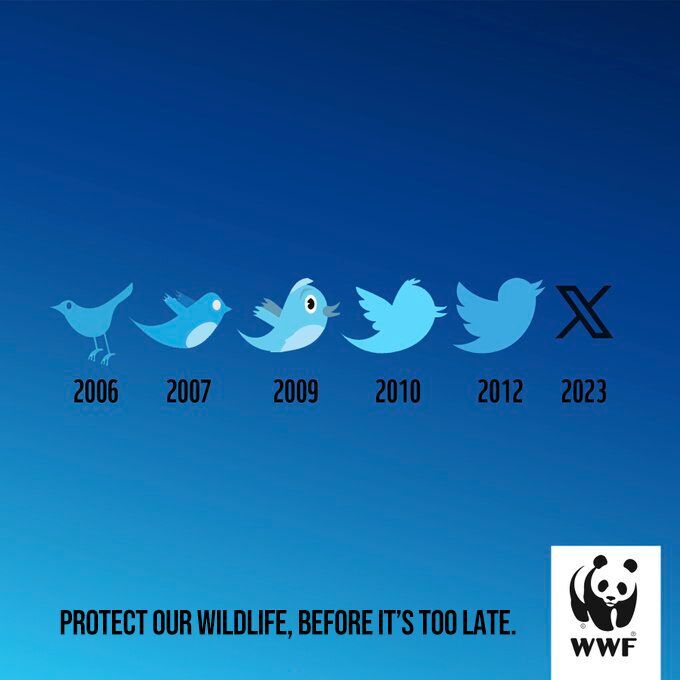|
Getting your Trinity Audio player ready...
|
Elon Musk is undeniably a visionary, a genius in many respects. His ventures have revolutionized industries, from electric cars with Tesla to space exploration with SpaceX. However, the recent rebranding of Twitter to X has sparked considerable debate. While the rebrand brings opportunities, it also introduces significant challenges, particularly around brand identity and user experience.
The Genius and the Missed Mark
Elon Musk’s decision to rebrand Twitter to X reflects his broader vision of creating a multi-functional platform. The rebrand allows the platform to expand beyond social media, potentially evolving into a super-app encompassing various services. This ambition aligns with Musk’s track record of pushing boundaries and transforming industries. “X is the future state of unlimited interactivity,” Musk stated, emphasizing his long-term vision for the platform.
However, the rebrand also creates confusion among the user base. Twitter, a brand established in 2006, had become synonymous with microblogging. It achieved the rare status of being both a noun and a verb – you “tweet” on “Twitter.” This linguistic integration is powerful and elusive, achieved by only a few brands.

Noun/Verb Branding: The Gold Standard
Brands like Google, Xerox, and Kleenex have entered everyday language as both nouns and verbs. You “google” information, “xerox” a document, or use a “kleenex” for a tissue. This seamless linguistic adoption signifies deep brand integration into culture and daily life. Achieving such a status should be the goal for any new brand.
Noun/verb branding represents the pinnacle of brand recognition and integration into everyday language. When a brand becomes both a noun and a verb, it achieves a level of cultural penetration that signifies universal acceptance and utility. This linguistic phenomenon not only reflects the brand’s dominance but also ensures its place in the daily lives of consumers.
Why Noun/Verb Branding is So Powerful
- Cultural Integration: When a brand becomes a verb, it seamlessly integrates into the culture, reflecting its widespread use and acceptance.
- Ease of Communication: It simplifies communication about the brand’s function, making it instantly understandable and relatable.
- Brand Loyalty: It fosters a deeper emotional connection and loyalty as consumers begin to associate the brand with a specific action or need.
- Market Dominance: It often indicates that the brand has become the market leader, setting the standard for the category it represents.
Examples of Successful Noun/Verb Brands
Beyond Google, Xerox, and Kleenex, several other brands have reached this branding nirvana:
- Photoshop: Adobe’s software for photo editing is so ubiquitous that “to photoshop” means to digitally alter an image. This verb usage underscores Photoshop’s dominance in the digital imaging space.
- Uber: The ride-sharing service has become so prevalent that “to Uber” means to use a ride-hailing service. This reflects not only the brand’s market penetration but also its influence on transportation habits.
- FedEx: The logistics company’s name is used as a verb meaning to send a package overnight. “To FedEx” something underscores the brand’s reliability and speed in delivery services.
- TiVo: Although less common now, at its peak, “to TiVo” meant to record a television program digitally. This term highlighted TiVo’s innovation in the DVR market.
- Venmo: The mobile payment service has become so integrated into financial transactions that “to Venmo” means to transfer money via the Venmo app. This usage indicates trust and widespread adoption of the service.
The Path to Noun/Verb Branding
Achieving noun/verb branding requires more than just a great product. It involves strategic marketing, consistent user experience, and cultural relevance. Here are some strategies that have helped brands reach this level:
- Consistency: Brands need to deliver a consistent experience that users can rely on. This builds trust and habitual use, which is critical for becoming a verb.
- Simplicity: The brand’s name should be easy to say and spell. Complex or awkward names are less likely to be adopted as verbs.
- Market Leadership: Brands often become verbs because they are leaders in their category. Dominating the market sets the stage for linguistic adoption.
- Cultural Relevance: Engaging with cultural trends and integrating into everyday life helps brands become part of the social fabric.
Lessons for New Brands
For new brands aiming to reach this level of linguistic integration, the goal should be to create a product or service so essential and user-friendly that it naturally becomes part of everyday conversation. This involves:
- Innovating: Offer a unique and indispensable product that sets a new standard.
- Building Trust: Ensure the brand consistently delivers on its promises to create loyal users.
- Engaging Marketing: Develop marketing strategies that highlight how the brand fits into and enhances daily life.
- Simplifying: Choose a brand name that is simple, memorable, and easy to incorporate into language.
The Confusion of Rebranding Twitter
By rebranding Twitter to X, Musk has disrupted this established linguistic convenience. The term “tweet” is universally recognized and instantly associated with Twitter. In contrast, “post on X” lacks the same intuitive understanding and cultural resonance. This shift complicates discussions about the platform and may alienate long-time users who are accustomed to the original brand.
In-Person Conversations:
- Before: “Did you see that tweet on Twitter?”
- After: “Did you see that post on X?”
This change may seem minor, but it significantly impacts user experience and brand perception. Rebranding a well-established name like Twitter is a risky move, as it can confuse users who are familiar with the original brand’s language and functionality.

The Potential Benefits of X
Despite these challenges, the rebrand to X is not without its merits. By detaching from the Twitter identity, the platform can reinvent itself and pursue broader ambitions. Musk envisions X as a single app for all things – a digital ecosystem offering social media, payments, shopping, and more. This expansive vision could attract new users and open up diverse revenue streams.
Potential Benefits:
- Infinite Expansion: X can evolve beyond microblogging, incorporating various services under one umbrella.
- Unified Platform: A super-app could streamline user experience, offering multiple functionalities within a single app.
- Activation of User Base: Leveraging Musk’s innovative reputation, X could quickly gain traction and redefine digital engagement.
Fellow website owner Mark Zuckerberg has noted, “Elon’s approach to creating a unified digital ecosystem is ambitious and could set a new standard if executed well. However, the challenge lies in retaining the brand’s loyal user base during the transition.”
A Case for Future Study
Regardless of its immediate success or failure, the rebranding of Twitter to X will undoubtedly be studied in business schools for generations. It serves as a fascinating case of brand evolution, market adaptation, and the risks and rewards of rebranding. Musk’s bold move provides valuable lessons in brand management, user experience, and strategic vision.
Key Takeaways for Business Students:
- Brand Identity: Understanding the importance of linguistic integration and user familiarity.
- Strategic Vision: Balancing short-term brand equity with long-term growth potential.
- Market Adaptation: Navigating user expectations and market dynamics during a rebrand.
Key Takeaways
- Noun/Verb Branding: Twitter’s original identity as both a noun and a verb (“tweet on Twitter”) was a rare and powerful branding achievement.
- Rebranding Confusion: Transitioning to X creates confusion and disrupts the intuitive understanding and cultural resonance of the brand.
- Potential Benefits: The rebrand to X opens up possibilities for infinite expansion, allowing the platform to evolve into a super-app encompassing various services.
- Strategic Vision: Elon Musk’s vision for X reflects his ambition to create a unified digital ecosystem, potentially attracting a broader user base.
- Business Case Study: The rebranding of Twitter to X will be studied in business schools for insights into brand management, user experience, and strategic rebranding.
Frequently Asked Questions
Q: Why did Elon Musk decide to rebrand Twitter to X? A: Elon Musk’s decision to rebrand Twitter to X aligns with his vision to transform the platform into a multi-functional super-app that goes beyond social media, incorporating various services such as payments, shopping, and more.
Q: How does the rebrand create confusion among users? A: The rebrand disrupts the established linguistic identity of Twitter, where “tweeting” on “Twitter” was a familiar and intuitive concept. Transitioning to “posting on X” lacks the same cultural resonance and can make discussions about the platform more complicated.
Q: What are some examples of successful noun/verb brands? A: Successful noun/verb brands include Google (to google something), Xerox (to xerox a document), and Kleenex (a kleenex for a tissue). These brands have become deeply integrated into everyday language.
Q: What potential benefits does the rebrand to X offer? A: The rebrand to X allows for infinite expansion, enabling the platform to incorporate multiple functionalities within a single app. It positions X as a unified digital ecosystem, which could attract new users and open up diverse revenue streams.
Q: Will the rebrand be successful in the long term? A: While the immediate success of the rebrand is uncertain, it will undoubtedly provide valuable lessons in brand management and strategic rebranding. The outcome will be studied in business schools for its insights into the risks and rewards of rebranding.



1 Comment
Comments are closed.